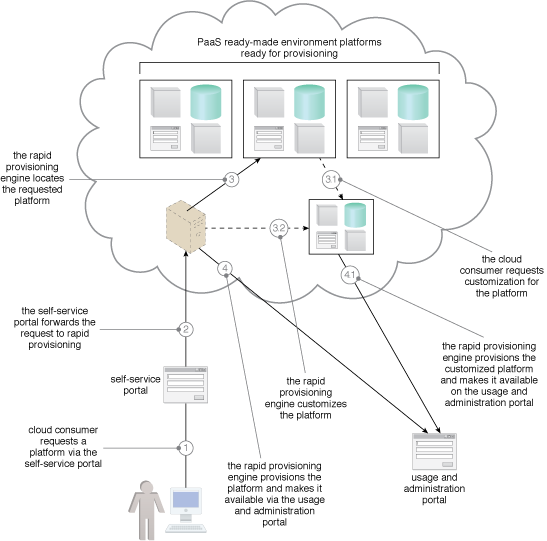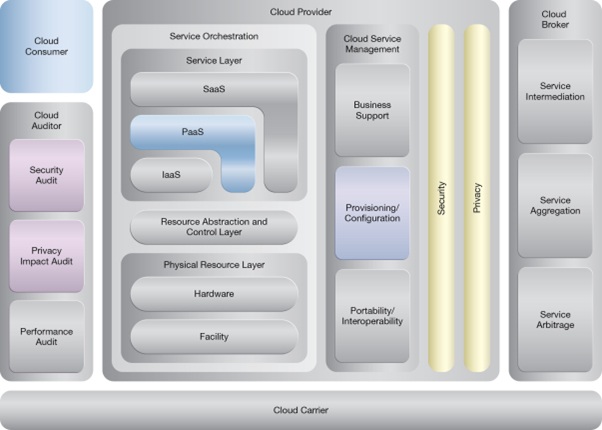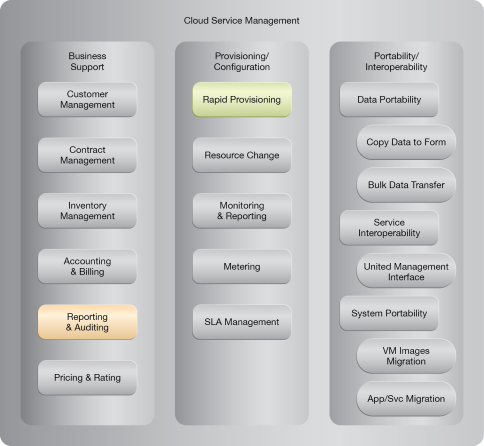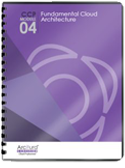Cloud Computing Patterns, Mechanisms > Monitoring, Provisioning and Administration Patterns > Platform Provisioning
Platform Provisioning (Erl, Naserpour)
How can cloud consumers build and deploy cloud solutions without the burden of having to create and manage the underlying infrastructure?

Problem
Cloud consumers are often motivated to utilize cloud platforms to build and deploy solutions so that necessary IT resources can be leased instead of purchased. However, when presented with raw cloud-based IT resources, the burden of having to set up and maintain them may not be desirable.
Solution
A system can be established whereby ready-made platforms with packaged, pre-configured IT resources can be provided as turn-key environments for cloud consumers that do not wish to assume significant administrative responsibilities.
Application
Auto-deployment packages are created, comprised of various bundles of pre-configured IT resources deployed on pre-configured operating systems. These packages can be provisioned on-demand.
Mechanisms
Container, Hypervisor, Ready-Made Environment, Resource Management System, Resource Replication, Virtual Server
Compound Patterns
Burst In, Burst Out to Private Cloud, Burst Out to Public Cloud, Cloud Authentication, Cloud Balancing, Elastic Environment, Infrastructure-as-a-Service (IaaS), Isolated Trust Boundary, Multitenant Environment, Platform-as-a-Service (PaaS), Private Cloud, Public Cloud, Resilient Environment, Resource Workload Management, Secure Burst Out to Private Cloud/Public Cloud, Software-as-a-Service (SaaS)

An example of the cloud architecture resulting from the application of the Platform Provisioning pattern.
NIST Reference Architecture Mapping
This pattern relates to the highlighted parts of the NIST reference architecture, as follows:


This pattern is covered in CCP Module 4: Fundamental Cloud Architecture.
For more information regarding the Cloud Certified Professional (CCP) curriculum, visit www.arcitura.com/ccp.
